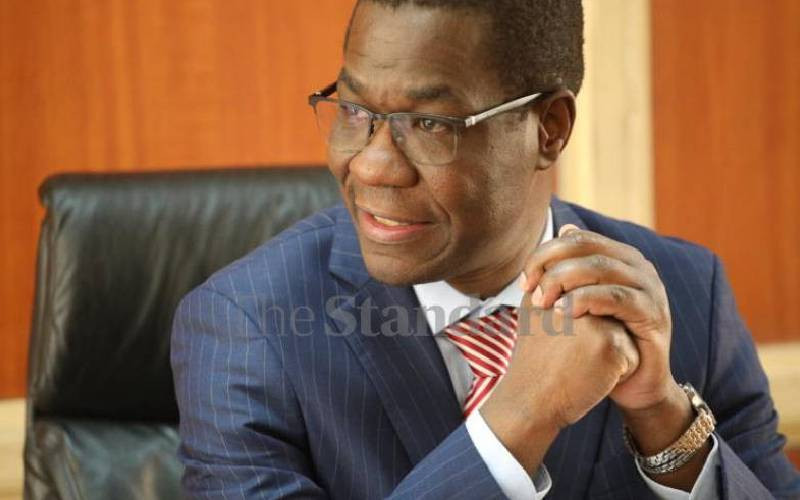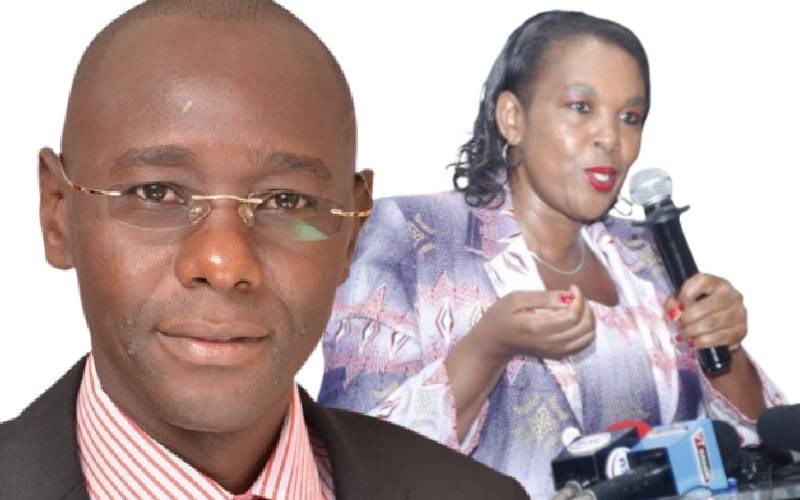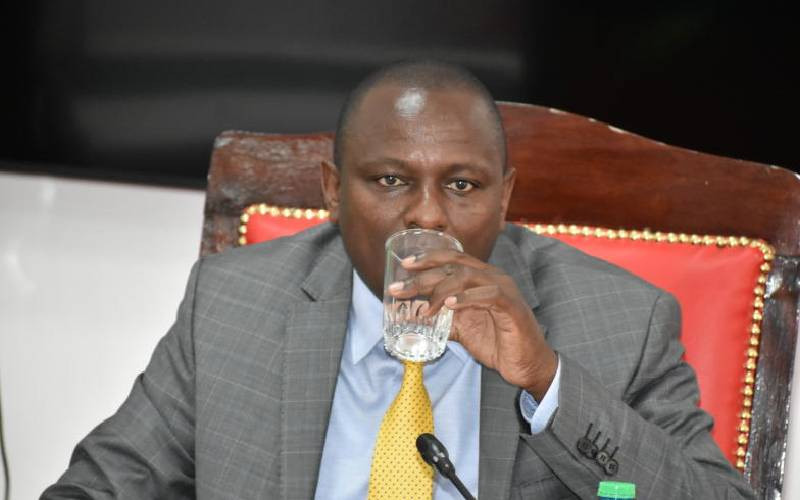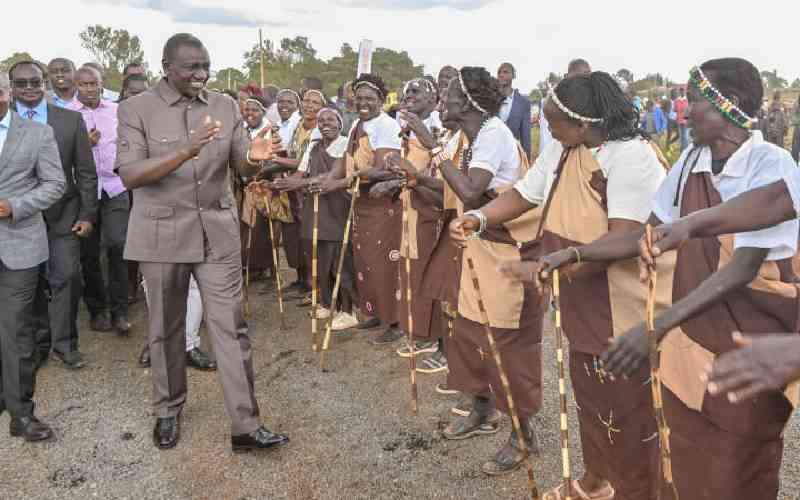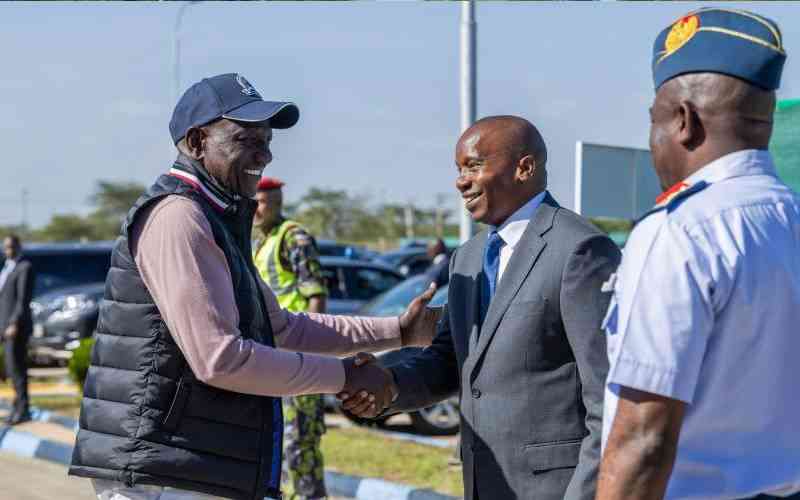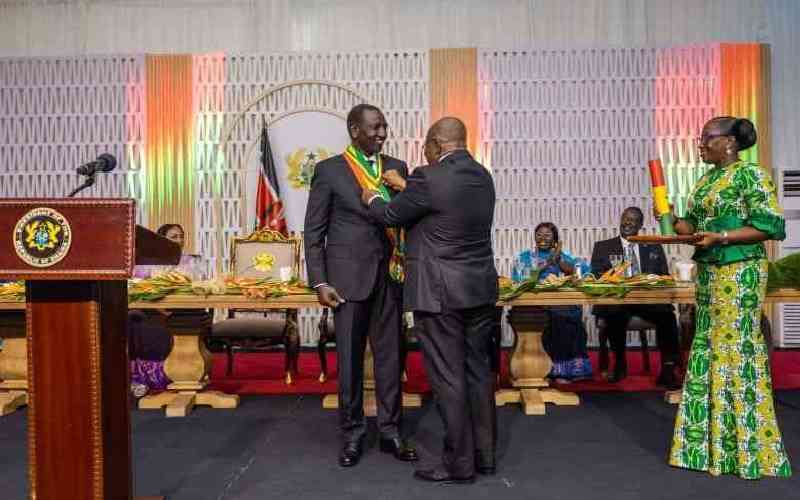This year’s annual Conference of Parties (COP 26) on climate change slated for Glasgow, UK, may not have taken place, but the urgency remains. The world needs urgent, practical solutions to decarbonise.
Energy is at the heart of climate, no doubt. Yet, the centrality of energy as a key economic enabler especially for countries like Kenya cannot be gainsaid. However, the type of energy, its production and consumption matter a great deal.
The sobering realities of climate change have ordained that states have to pivot towards clean energy dispensations. It explains why geothermal is gradually claiming a central space in the energy mix of countries like ours. In Kenya, geothermal is our anchor energy. Our production as of October 2020 installed capacity stands at 783 MW, contributing 40 per cent of the energy mix.
Still, this is punching below our weight. Our national geothermal potential is in excess of 10,000 MW. The Eastern Africa Rift system is also a rich geothermal belt. It has a conservative potential of 20,000 MW. Yet, because of up-front risks, this treasure is unexploited.
The complexity and prohibitive costs to generate from geothermal are understandable entry barriers. Yet, the narrow focus on electricity generation ignores the bigger picture of what geothermal should offer.
That is why, for geothermal, there is a strong case of going beyond electricity. As a country, we should be keen to exploit other uses of geothermal – mining the heat directly from the geothermal fluids for industrial production, leisure and farming.
Because of its immense heat, geothermal is in pole position to displace fossils in industrial heating - saving forex and forest. But, to yield spectacular results, it requires a systematic and meticulously thought-through strategy. Our best bet is the establishment of heat parks in geothermal-rich areas.
The resource parks will then converge different industries that use heat. For instance, in Kenya at Eburru, a small community geothermal dryer is doing a terrific job drying cereals and pyrethrum. In Menengai, the Geothermal Development Company (GDC) has a semi-commercial cereals geothermal dryer with a capacity of 20 tonnes per day. In Olkaria, a geothermal spa has become magnetic in attracting tourists.
Still, in Kenya, Oserian has demonstrated the commercial viability of using geothermal heat in greenhouses for cut flowers. The company saves up to 40 per cent of production costs. Tunisia also largely produces her tomatoes aided by geothermal.
At GDC we are seeking diversity and scale-up of projects that use direct geothermal heat. At Menengai, we have five unique pilots namely geothermal heated greenhouse; milk pasteuriser; laundromat; geothermal heated aquatic ponds, and a grain dryer. Computations demonstrate an immense drop in production costs when geothermal heat is in use instead of fossil fuel.
Our next phase at GDC is to commercialise these projects by establishing a geothermal resource park in collaboration with the County Government of Nakuru.
States that take the resource heat parks route will help to create new hubs of production critical to the economy. Therefore, manufacturers who rely on oil or firewood for heating will save a great deal. This could be drying of tea, vanilla, timber, cereals, vegetables or fish, not to mention heating greenhouses either for cut flowers or vegetables.
Reinvigorate research
But to succeed in these endeavours, the 11 States along the Eastern Africa Rift System must commit towards congenial policy frameworks such as Public-Private Partnerships, attractive packages like tax holidays and availing of land to investors.
Stay informed. Subscribe to our newsletter
Further, focus on direct uses will reinvigorate research and innovation and expertise development. This will provide anchorage for future investments. That is why we need a convergence of parties from academia, government, industry and experts in our quest for new, workable solutions.
This calls for further collaboration. Collaborations with organisations such as Iceland International Agency, USAID, United Nations University, KFW, African Development Bank, World Bank, UNDP and IRENA will give Africa the boost.
Indeed, the untapped potential is just like a lamp hidden under the bed. To win, we must vigorously argue for the case of geothermal energy.
At GDC, we are keen at playing our role in climate mitigation and to our economy. Mining heat for industries will also be a big boost to the Big 4 agenda. The future of energy is in geothermal heat.
-Mr Othieno is the Managing Director & CEO of GDC
 The Standard Group Plc is a
multi-media organization with investments in media platforms spanning newspaper
print operations, television, radio broadcasting, digital and online services. The
Standard Group is recognized as a leading multi-media house in Kenya with a key
influence in matters of national and international interest.
The Standard Group Plc is a
multi-media organization with investments in media platforms spanning newspaper
print operations, television, radio broadcasting, digital and online services. The
Standard Group is recognized as a leading multi-media house in Kenya with a key
influence in matters of national and international interest.
 The Standard Group Plc is a
multi-media organization with investments in media platforms spanning newspaper
print operations, television, radio broadcasting, digital and online services. The
Standard Group is recognized as a leading multi-media house in Kenya with a key
influence in matters of national and international interest.
The Standard Group Plc is a
multi-media organization with investments in media platforms spanning newspaper
print operations, television, radio broadcasting, digital and online services. The
Standard Group is recognized as a leading multi-media house in Kenya with a key
influence in matters of national and international interest.

